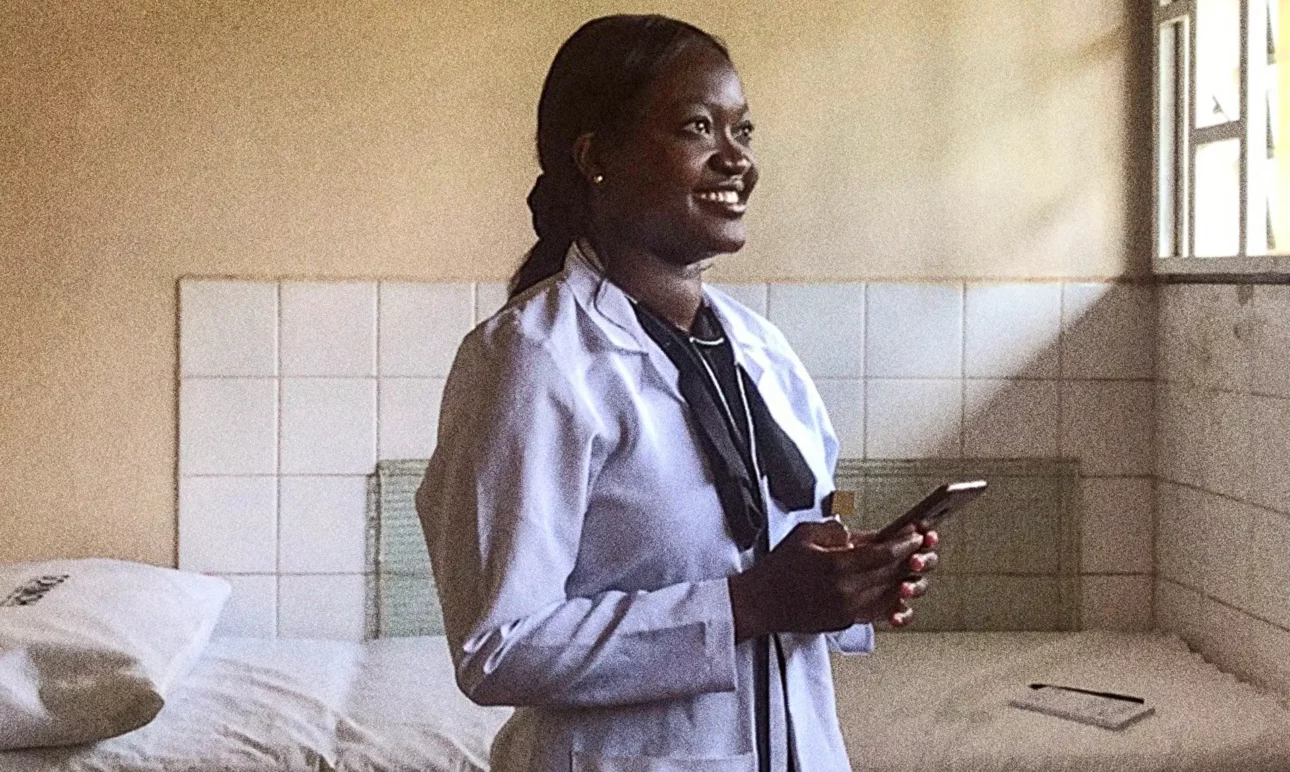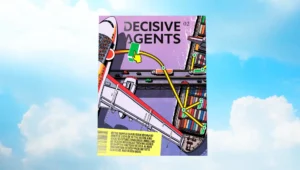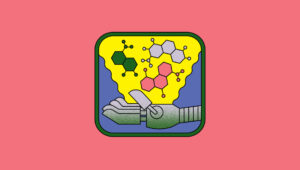PAEDIATRICS WARDS ARE notoriously unpredictable.
Take a recent Tuesday morning in the ward at Nakuru Level 6 County Hospital where I work as a general practitioner. We had just completed the daily ward round, checking on about forty sick children between the ages of one month and two years. All were stable and on the road to recovery. The consultant paediatricians had just left the ward to go to their outpatient clinic while the interns, nurses and myself got on with the day’s ward work. Suddenly, paramedics burst in with two babies.
A moment like this, faced by many predecessors and bound to confront future doctors, can help us take stock of how medical technology has progressed. It can also help us imagine the future and how digitisation and artificial intelligence can transform hospitals.
“As I looked up, several colleagues were looking down, studying their phones.”
– Dr. Marlene Okoth
The paramedics rushed the babies to my ward’s last two available resuscitation beds. I cradled the head of one of the new patients with one hand as I positioned an oxygen tube under his nose with the other. I felt his wrist for a pulse. It was weak. As I looked up, several colleagues were looking down, studying their phones.
They weren’t distracted, they were triaging the patients. All doctors in the paediatrics ward at Nakuru Level 6 have an app called Kenya Paediatrics Protocols and rely upon it to save time in making crucial calculations in moments like this. The app is so useful that I’d wager if you visit any paediatrics ward across Kenya, you’ll find doctors using it.
The child I was attending to was nine months old. His hands and feet were cold and he was barely responding to pain after several episodes of diarrhea which began a day earlier. We diagnosed him with gastroenteritis and hypovolemic shock. Tapping his weight, 12 kilograms, into the app, we calculated how much intravenous fluid to give him.
The second child was older at 15 months, but less than half the weight of the other younger boy. He had a pot belly, very thin upper arms, discoloured brown hair and an ulcer at the corner of his mouth – all classic signs of severe acute malnutrition. The app ran down the ten step regimen recommended for malnutrition. Inputting his weight and age, we calculated the recommended antibiotics dosage.

The app is a digital version of the association’s old pocket book with an inbuilt calculator and doesn’t require internet connection. It also replaces calculators; some veteran colleagues, however, still carry them in the pockets of their white coats. The app saves time by intuitively taking you to essential drugs and helping determine dosages. With experience, much of its information will become second nature. But for training new doctors, it’s invaluable. It uses no AI – yet – but it points to the potential for future digital tools.
But for now, we’re struggling to break free from the past. For both of these boys, the day’s events were recorded in ink on paper in a physical patient file, stored away in one of hundreds of shelves in Nakuru’s sprawling, library-like records department. The concept of paper patient records go back to the 1700s and we know electronic files are the future. But we’re all getting there at different speeds.
A year ago, I was a medical intern at Maua Methodist Hospital, a mission hospital that is a seven-hour drive northeast from Nairobi, my hometown. Six of us began on the same day, excited to treat patients as soon as we arrived. Instead, we were told to wait for our IT training first. We exchanged skeptical looks – and there may have been some eye-rolling.
In a tiny office, a technician explained everything in the hospital pertaining to patients was electronic. Once a patient was admitted, an e-file was opened, recording their biodata, medical history and their current ailment, including symptoms, examination notes, lab results and imaging results.
The e-file would always be available during subsequent visits – on our ward’s desktop computers – and could be shared for consultation with specialists with ease. All the doctors agreed it led to better continuity of care and solved the issue of missing files. The only complaint I occasionally heard in the entire year I worked there was that some doctors claimed they wrote faster than they typed so they felt the system slowed them down. (And no, Kenyan physicians, like doctors elsewhere, aren’t known for their penmanship.) For millennial doctors, however, We grew up with smartphones, video games and MPESA mobile payments so adapting to the digital system was seamless. But now that we’ve left that small mission hospital, we now have to wait for the larger system and digitisation budgets to catch up.

Mediclinic International, which is based in South Africa and also operates private hospitals in Namibia, Switzerland and the United Arab Emirates, credits data science and information management for playing a central role in its response to the Covid-19 pandemic, helping forecasting case surges and the need for crucial equipment, such as ventilators.
“For every month you wait before going digital, you delay the benefits by at least two months.”
– Jani Pretorius, Data Scientist at Mediclinic
“For every month you wait before going digital, you delay the benefits by at least two months,” says Jani Pretorius, a data scientist at Mediclinic. “The reason is that AI always needs historical data to make predictions. There is a double penalty that you pay for coming late to the party.”
“Any medical interaction is a data point,” says Slim Said, an AI Project Manager at InstaDeep, whose career began in healthcare as a graduate with a doctorate in pharmacy.
A future AI-enhanced version of the Pediatrics Protocols app, for example, might incorporate anonymised patient electronic medical records to help doctors adapt to the patient’s medical history and environmental, genetic, epidemiological and behavioural factors, Said suggests.
“Patients react differently to treatments, depending on their DNA, diet, environment, habits and medical history. An AI system trained on anonymised data points from many patients and doctors can see correlations between factors and drug efficiency. Ultimately, it will be able to leverage the data to propose the best treatment for every patient.”




